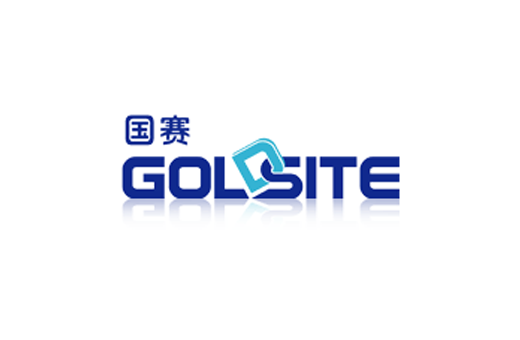Immunoglobulin G
IgG is a predominant serum immunoglobulin. Approximately 80% of serum immunoglobuline is IgG; its main task lies in defense against microorganisms, direct neutralisation of toxins and induction of complement fixation. IgG is the only immunoglobulin that can cross the placental barrier and provide passive immune protection for the foetus and newborn. This protection gradually catabolizes until the infant’s own immunological system begins at about six months of age. Near adult levels are reached by 18 months. Polyclonal IgG increases may be present in systemic lupus erythematosus, chronic liver diseases, infectious diseases, and cystic fibrosis. Monoclonal IgG increases in myeloma. Decreased synthesis of IgG is found in congenital and acquired immunodeficiency diseases and selective IgG subclass deficiencies. Decreased IgG concentrations are seen in protein-losing enteropathies, nephrotic syndrome and through the skin from burns.
Immunonephelometry is applied. This method involves measuring the light scattered by insoluble complexes formed by reaction between specific protein in samples and its respective antiserum, and the amount of scattered light is directly proportional to the concentration of the protein under condition that antiserum is in excess. Concentrations are automatically calculated by reference to a calibration curve stored in the instrument.
1. Bablok W et al. General Regression Procedure for Method Transformation. J Clin Chem Biochem 1988; 26:783-790
2. Deutsch E, Geyer G, Wenger R, Laboratoriumsmedizin. Normalbereich der Ergebnisse und Interpretation abnormer Befunde, 3rd ed. Basel/Munich: Karger 1992.

